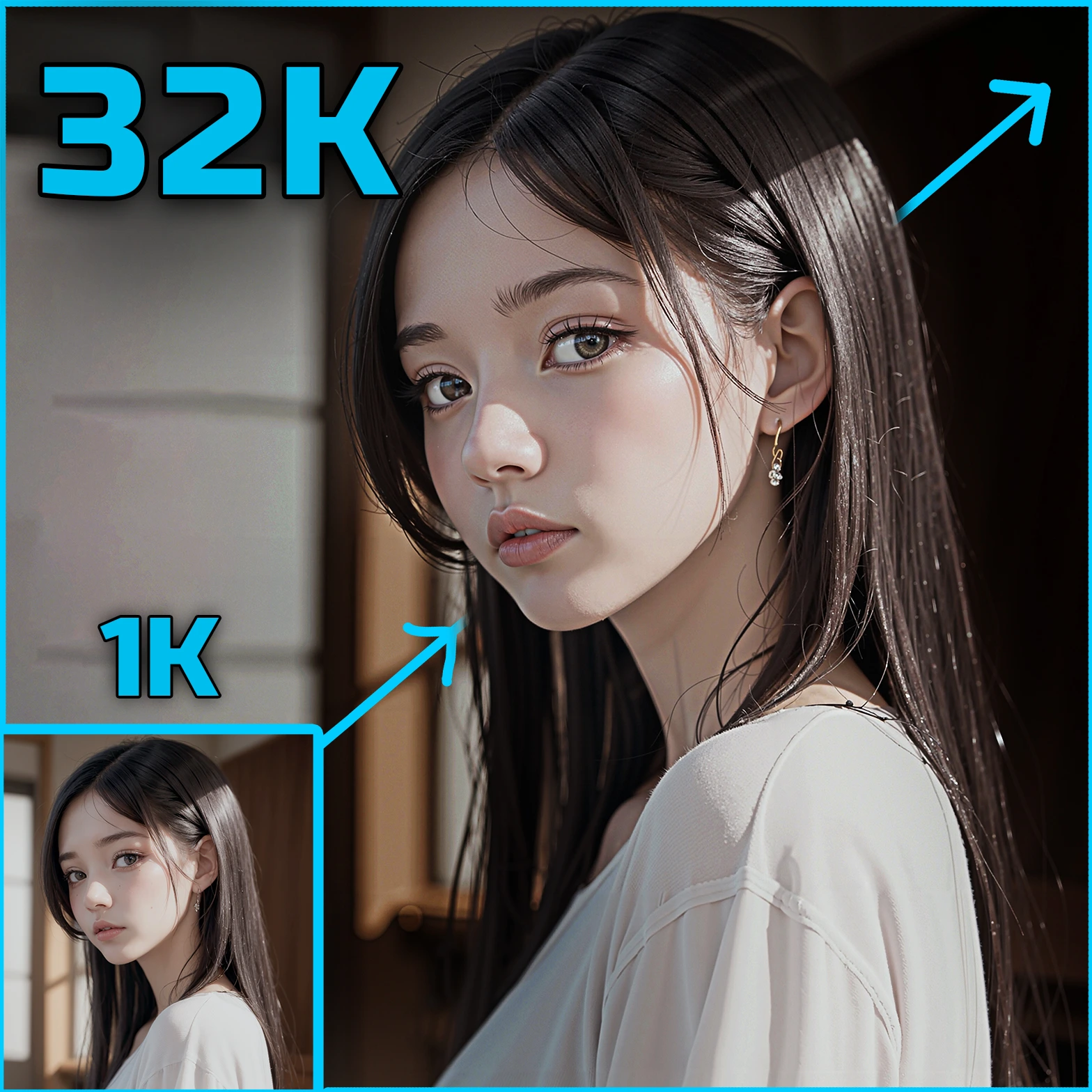ComfyUI Node: ⭐ FLUX Star(t) Settings
FluxStartSettings
Category⭐StarNodes/Starters
Starnodes2024 (Account age: 326days) Extension
ComfyUI_StarNodes Latest Updated
2025-05-10 Github Stars
0.04K
How to Install ComfyUI_StarNodes
Install this extension via the ComfyUI Manager by searching for ComfyUI_StarNodes- 1. Click the Manager button in the main menu
- 2. Select Custom Nodes Manager button
- 3. Enter ComfyUI_StarNodes in the search bar
Visit ComfyUI Online for ready-to-use ComfyUI environment
- Free trial available
- 16GB VRAM to 80GB VRAM GPU machines
- 400+ preloaded models/nodes
- Freedom to upload custom models/nodes
- 200+ ready-to-run workflows
- 100% private workspace with up to 200GB storage
- Dedicated Support
⭐ FLUX Star(t) Settings Description
Node for initializing and managing Fluxstarsampler settings in ComfyUI for AI artists to fine-tune generative models.
⭐ FLUX Star(t) Settings:
The FluxStartSettings node is designed to provide a comprehensive set of configurations for initializing and managing the settings of a Fluxstarsampler node within the ComfyUI environment. This node is essential for AI artists who wish to fine-tune their generative models, offering a range of parameters that control the behavior and output of the sampling process. By leveraging these settings, you can achieve greater control over the creative process, ensuring that the generated outputs align closely with your artistic vision. The node's primary function is to facilitate the extraction and application of settings, making it easier to manage complex configurations and optimize the performance of your generative models.
⭐ FLUX Star(t) Settings Input Parameters:
seed
The seed parameter is used to initialize the random number generator, which influences the variability and reproducibility of the generated outputs. By setting a specific seed value, you can ensure that the same input will produce the same output, which is useful for consistency in iterative design processes. The default value is 0, and it can be set to any integer value.
control_after_generate
This boolean parameter, control_after_generate, determines whether additional control mechanisms are applied after the initial generation process. When set to True, it allows for post-processing adjustments, which can refine the output. The default value is False.
sampler
The sampler parameter specifies the algorithm used for sampling during the generation process. Different samplers can produce varying artistic styles and effects. The default sampler is "res_2m_sde", but other options may be available depending on your specific setup.
scheduler
The scheduler parameter defines the scheduling strategy for the sampling process, which can affect the pacing and progression of the generation. The default value is "beta57", and it can be adjusted to suit different artistic needs.
steps
The steps parameter controls the number of iterations or steps the sampling process will take. More steps can lead to more refined outputs but may increase computation time. The default value is "20".
guidance
The guidance parameter influences the strength of the guidance applied during generation, affecting how closely the output adheres to the input conditions. The default value is "3.5".
max_shift
The max_shift parameter sets the maximum allowable shift in the sampling process, which can impact the diversity and exploration of the generated outputs. The default value is "1.15".
base_shift
The base_shift parameter defines the base level of shift applied during sampling, providing a baseline for the exploration of the output space. The default value is "0.5".
denoise
The denoise parameter controls the level of noise reduction applied to the generated output, which can enhance clarity and detail. The default value is "1.0".
use_teacache
This boolean parameter, use_teacache, determines whether a caching mechanism is used to optimize performance by reusing previously computed results. The default value is True.
⭐ FLUX Star(t) Settings Output Parameters:
UNET
The UNET output represents the UNET model used in the generation process, which is responsible for the core image synthesis tasks. It is crucial for producing the final visual output.
CLIP
The CLIP output provides the CLIP model, which is used for text-to-image alignment and conditioning, ensuring that the generated images are consistent with the input text prompts.
LATENT
The LATENT output refers to the latent image representation, which is an intermediate form of the generated image used for further processing and refinement.
WIDTH
The WIDTH output specifies the width of the generated image, which is determined by the input parameters and the model's configuration.
HEIGHT
The HEIGHT output specifies the height of the generated image, similar to the WIDTH output, and is determined by the input parameters and the model's configuration.
CONDITIONING
The CONDITIONING output provides additional conditioning information used during the generation process, which can influence the final output's style and content.
VAE
The VAE output represents the Variational Autoencoder model used in the generation process, which assists in encoding and decoding the latent representations.
⭐ FLUX Star(t) Settings Usage Tips:
- Experiment with different
seedvalues to explore a variety of outputs and find the most suitable one for your project. - Adjust the
stepsparameter to balance between output quality and computation time, especially when working with complex scenes. - Utilize the
guidanceparameter to control the adherence of the output to the input conditions, which can be useful for achieving specific artistic effects.
⭐ FLUX Star(t) Settings Common Errors and Solutions:
Invalid sampler value
- Explanation: The
samplerparameter is set to a value that is not recognized by the system. - Solution: Ensure that the
samplervalue is one of the supported options, such as"res_2m_sde".
Missing or invalid seed
- Explanation: The
seedparameter is missing or set to a non-integer value. - Solution: Provide a valid integer value for the
seedparameter to ensure consistent output generation.
Unsupported scheduler type
- Explanation: The
schedulerparameter is set to an unsupported type. - Solution: Verify that the
schedulervalue is correct and supported by the system, such as"beta57".
⭐ FLUX Star(t) Settings Related Nodes
RunComfy is the premier ComfyUI platform, offering ComfyUI online environment and services, along with ComfyUI workflows featuring stunning visuals. RunComfy also provides AI Playground, enabling artists to harness the latest AI tools to create incredible art.


